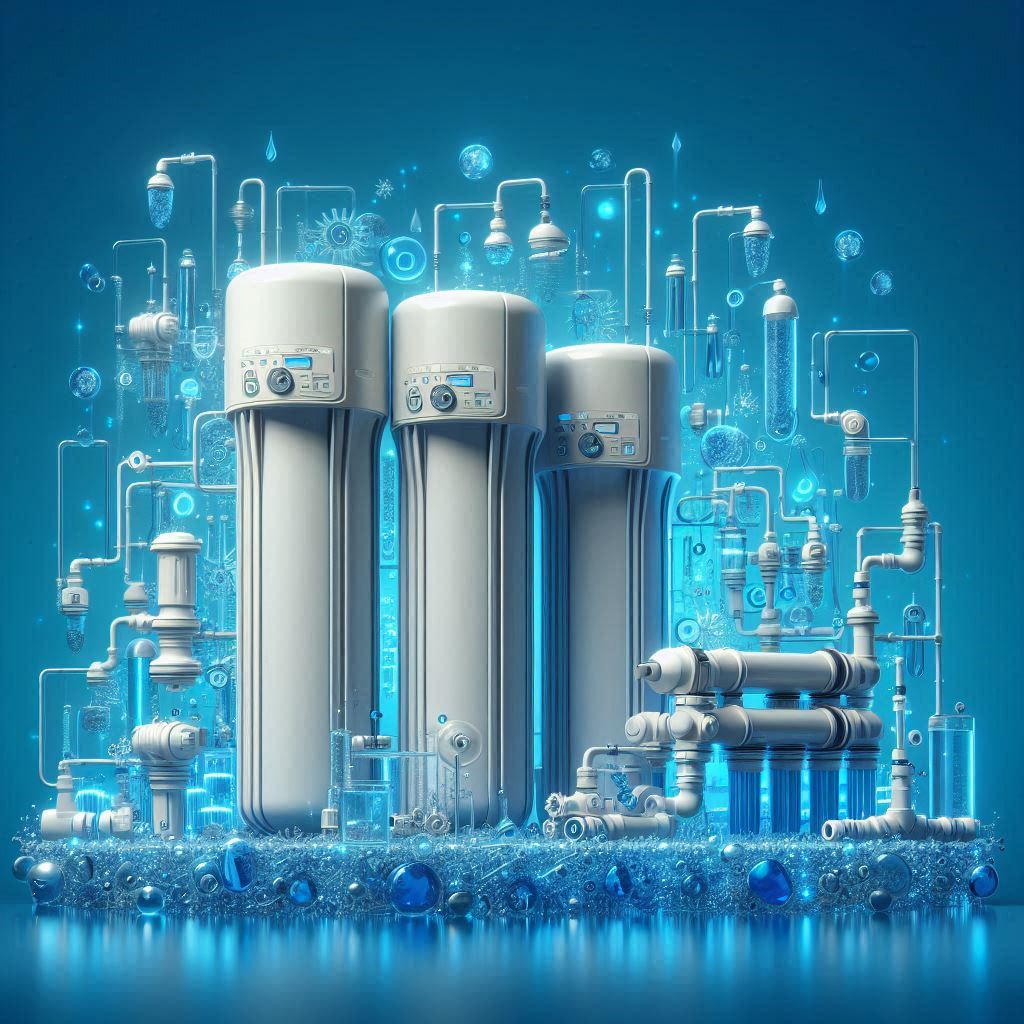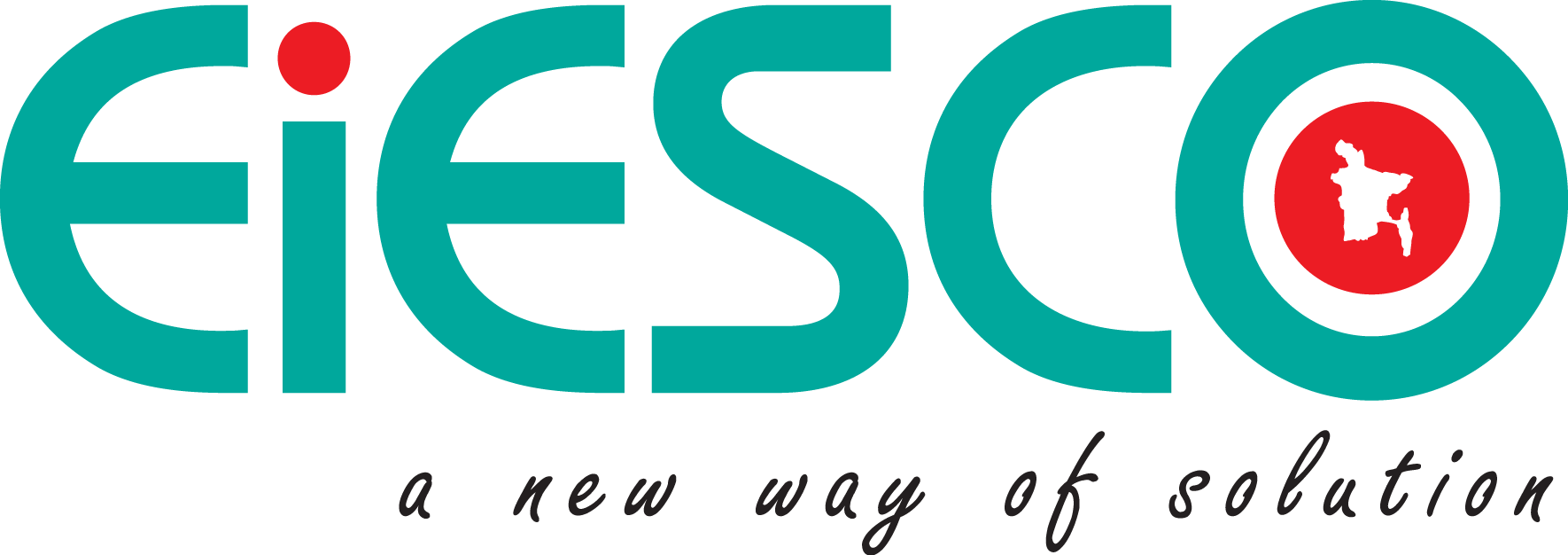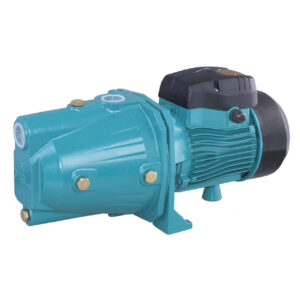 Every hour, 780 million people around the globe lack access to clean drinking water. In this context, reverse osmosis (RO) water purifiers have emerged as a revolutionary solution. These advanced systems can remove up to 99% of all contaminants, making water safe and palatable.
Every hour, 780 million people around the globe lack access to clean drinking water. In this context, reverse osmosis (RO) water purifiers have emerged as a revolutionary solution. These advanced systems can remove up to 99% of all contaminants, making water safe and palatable.
Reverse osmosis technology dates back to the 1950s, initially developed for desalination purposes. Today, it is widely adopted both in residential and industrial sectors, providing an efficient barrier against impurities like lead, mercury, and chlorine. An impactful statistic: installing an RO system can reduce potable water costs by a remarkable 30% annually.
The Science Behind Reverse Osmosis Water Purifiers
The Fundamentals of Osmosis
Osmosis is a natural process where water moves through a semi-permeable membrane. This movement happens to balance the concentration of solutes on both sides of the membrane. Essentially, water travels from an area of low solute concentration to high concentration.
In living organisms, osmosis plays a critical role. For instance, plant roots absorb water from the soil using osmosis. This fundamental principle is harnessed in reverse osmosis systems.
How Reverse Osmosis Works
Reverse osmosis flips the concept of osmosis around. Using high pressure, it forces water through a membrane from high to low concentration areas. The membrane blocks contaminants but lets clean water pass through.
This technology effectively removes a wide range of impurities. These include salts, bacteria, and even some chemicals. The result is purified water, suitable for drinking and other uses.
Key Components of a Reverse Osmosis System
A typical RO system has several key parts. These include pre-filters, the RO membrane, and post-filters.
Pre-filters remove larger particles. The RO membrane then takes care of microscopic contaminants. Finally, post-filters ensure the water’s taste and quality.
Applications of Reverse Osmosis
Reverse osmosis is not just for home use. It is widely used in industries and municipalities.
This technology is crucial for desalination in coastal cities. Additionally, it is used in food processing and pharmaceuticals. RO systems provide versatile solutions for various water purification needs.
The Fundamentals of Osmosis
What is Osmosis?
Osmosis is a critical process in biology. It involves the movement of water across a semi-permeable membrane. This movement aims to equalize solute concentrations on both sides.
Semi-permeable membranes allow only certain molecules to pass through. Water moves from a low solute concentration area to a high solute concentration area. This process balances the concentration of substances.
Osmosis in Biological Systems
Osmosis is vital for maintaining cell health. For example, plant roots absorb water from soil through osmosis. This process helps keep plants hydrated and nourished.
In animals, osmosis regulates body fluids. According to this post, imbalance in osmotic pressure can lead to health issues. This concept is also applied in medical treatments like dialysis.
Osmosis and Everyday Life
Osmosis affects many daily activities. For instance, when you sprinkle salt on a vegetable, it releases water through osmosis. This is why cucumbers become soft when salted.
The same principle is applied in food preservation. Understanding osmosis helps us grasp how crucial this process is in both nature and technology. Additionally, it is the foundation for reverse osmosis water purifiers.
How Reverse Osmosis Works
Reverse osmosis (RO) uses a special membrane to remove impurities from water. Water is forced through this membrane by high pressure. The membrane blocks contaminants but lets clean water pass through.
Pre-filters are used to remove larger particles and chlorine before water reaches the RO membrane. This protects the membrane and improves its efficiency. Clean water, known as permeate, is collected on the other side of the membrane.
The contaminants are left behind and discharged as waste, called brine or concentrate. This ensures that only pure water reaches your tap. Some systems also include post-filters to improve taste and quality.
RO systems are versatile and can be used in various settings. They are common in homes, offices, and even in industries. By using reverse osmosis, you can ensure that the water you drink is free from harmful substances.
Benefits and Drawbacks of Using Reverse Osmosis Water Purifiers
Reverse osmosis water purifiers offer several impressive benefits. Firstly, they effectively remove contaminants like lead, chlorine, and fluoride. This ensures you have access to safe, clean drinking water.
One significant advantage of RO systems is the improvement in water taste and odor. The removal of impurities makes the water more refreshing. Additionally, they can save money by reducing the need to buy bottled water.
However, there are some drawbacks to consider. RO systems can waste a significant amount of water during the purification process. This can be a concern in areas with limited water resources. A reverse osmosis water purifier is an essential investment for areas with poor water quality.
Another disadvantage is the removal of beneficial minerals. Important minerals like calcium and magnesium can be stripped from the water. This might necessitate the use of a mineral reintegration system.
Maintenance costs for RO systems can add up over time. Periodic filter and membrane replacements are essential for optimal performance. This can be both costly and time-consuming.
Despite these drawbacks, many people find the benefits outweigh the downsides. The assurance of drinking pure, contaminant-free water is often worth the investment. Considering both pros and cons can help you make an informed decision.
Advantages of RO Purification System
One of the primary advantages of an RO purification system is its ability to remove a wide range of contaminants. These include heavy metals like lead, arsenic, and mercury. This ensures that the water you drink is safer and healthier.
Another benefit is the improvement in water taste and odor. By filtering out chlorine and other chemicals, RO purifiers make water taste fresh. This can enhance the flavor of beverages and food cooked with purified water.
Reverse osmosis systems are also known for their efficiency. They can remove up to 99% of dissolved salts, bacteria, and particulates. This efficiency makes RO systems highly reliable for producing clean water.
Convenience is another positive aspect. Unlike other purification methods, RO systems require minimal user intervention once installed. Maintenance is straightforward, mainly involving periodic filter changes.
RO systems are versatile and can be used in various settings. From homes to offices to industrial applications, they are adaptable. This flexibility makes them a popular choice for many different water purification needs.
Finally, using an RO system can be cost-effective in the long run. The lifespan of a reverse osmosis water purifier depends on the quality of the filter cartridges usedBy providing clean water on demand, it reduces the need to buy bottled water. This not only saves money but also reduces plastic waste.
Limitations of RO Purification System
One significant limitation of RO systems is water wastage. For every gallon of purified water produced, several gallons can be wasted as brine. This inefficiency can be problematic, especially in areas facing water scarcity.
A second drawback is the removal of beneficial minerals. Essential minerals like magnesium and calcium are filtered out during the process. This can result in demineralized water, which may not be ideal for long-term consumption.
RO systems can also be expensive to install and maintain. The initial setup cost can be high, and regular maintenance involves replacing filters and membranes. These costs can add up over time, making it a considerable investment.
Slow filtration rate is another concern. RO systems typically filter water slowly, which can be inconvenient if you need a large amount quickly. This limitation requires users to plan ahead for their water needs.
Additionally, RO systems require electricity to function. In the event of a power outage, the system will not produce purified water. This reliance on electricity can be a disadvantage in areas with unstable power supply.
Finally, the complexity of installation can be a barrier. Proper setup often requires professional assistance. This added complexity can deter some potential users from adopting RO systems.
Choosing an Ideal Reverse Osmosis Water Purifier
When selecting an ideal reverse osmosis water purifier, consider water quality. Test your water to identify contaminants that need removal. This helps in choosing a system with suitable filters.
Look at the system’s water production rate. Ensure it can meet your daily consumption needs. A family of four will need a system with a higher output compared to a single person.
Check the efficiency ratio of the RO purifier. Higher efficiency means less water wasted during purification. Aim for systems with lower waste-to-product ratios for environmental and cost benefits.
- Maintenance Frequency: Consider how often you must replace filters and membranes.
- Cost of Replacements: Budget for ongoing maintenance costs.
- User Reviews: Research user feedback on reliability and performance.
Assess additional features like mineral reintegration and UV sterilization. These options can enhance the quality of purified water. They may add to the upfront cost but offer more comprehensive purification.
Finally, ensure the installation process is manageable or seek professional help if necessary. Some systems are easier to install than others, which can make a significant difference in convenience and setup time. Considering these factors will help you select the most suitable RO purifier for your needs.
Essential Features to Consider
When choosing a reverse osmosis water purifier, filter quality is crucial. High-quality filters remove more contaminants. Check for certifications from trusted organizations like NSF.
Water storage capacity is another important feature. Ensure the storage tank is large enough to meet your household’s needs. Some systems also offer quick-fill options for faster access to clean water.
Look for a reminder system for filter changes. This feature helps maintain the system’s efficiency. Many modern RO systems come with smart indicators or alarms.
- Built-in Pumps: Boost water pressure for better filtration.
- Mineral Re-integration: Adds essential minerals back into the water.
- UV Sterilization: Kills bacteria and viruses for added safety.
Consider the system’s size and space requirements. Compact models are available for under-sink installation. Ensure you have enough room to accommodate the unit and its components.
Lastly, evaluate the ease of maintenance. Look for systems that offer easy filter replacements and minimal upkeep. Clear instructions and accessible parts make it easier to keep your purifier functioning well.
Installation Tips for Reverse Osmosis Systems
When installing a reverse osmosis system, start by choosing the right location. Typically, under the sink is the best spot. Ensure there’s enough space for both the system and its storage tank.
Next, gather all necessary tools and components. This includes wrenches, tubing, and the filters. Having everything on hand will make the process smoother and faster.
Follow the manufacturer’s instructions carefully. Each system may have unique setup requirements. Common steps include connecting the water line and installing pre-filters and post-filters.
- Shut off the water supply before beginning installation.
- Drill a hole if needed for the faucet.
- Mount the system securely to avoid leaks.
After installation, check for leaks. Run water through the system for a few minutes to flush out any debris. Pay attention to any signs of water escaping from connections.
Lastly, perform a test run to ensure everything works correctly. Fill the storage tank and check the water quality. If the water tastes fresh and clean, your installation is successful.
Key Takeaways
- Reverse osmosis purifiers remove contaminants like lead and arsenic.
- They use high pressure to filter water through a membrane.
- This process leaves impurities behind, ensuring clean water.
- Suitable for both home and industrial use.
- Provides safe and purified drinking water.
Frequently Asked Questions
1. How does reverse osmosis remove contaminants?
Reverse osmosis works by using a high-pressure pump to force water through a semi-permeable membrane. This membrane blocks contaminants like lead, arsenic, bacteria, and other harmful substances.
The clean water then passes through into a storage tank while the rejected contaminants are flushed away as wastewater. This ensures you get purified water that’s safe to consume.
2. Is reverse osmosis effective against viruses?
Yes, reverse osmosis can remove many types of viruses from water due to its fine filtration process. The membrane pores are small enough to block viruses, making it effective in providing virus-free water.
However, it’s always good to combine RO with UV treatment for extra protection if virus contamination is a main concern in your area.
3. What maintenance is required for an RO system?
Regular maintenance of a reverse osmosis water purifier is crucial for optimal performance. Your RO system needs regular maintenance, including filter replacements roughly every 6-12 months. The RO membrane should be replaced every 2-3 years depending on the usage and incoming water quality.
You might also need to sanitize the system yearly to avoid bacterial growth within the unit. Following the manufacturer’s guidelines ensures its continued efficiency.
4. Does reverse osmosis remove beneficial minerals from water?
Yes, reverse osmosis removes both harmful contaminants and beneficial minerals like calcium and magnesium. While this results in purified water, it may lack essential nutrients.
If mineral content in your drinking water is important to you, consider an RO system with a remineralization filter that adds back healthy minerals after purification.
5. Are there environmental concerns associated with using RO systems?
An RO system wastes more water compared to what it provides as drinkable output; typically for each gallon of pure water produced, several gallons go waste as brine.
This can be concerning in areas with limited access to fresh water or during drought conditions. Modern systems try optimizing wastage rates but there’s still room for improvement for eco-friendliness.
Conclusion
Reverse osmosis water purifiers are an effective solution for ensuring clean and safe drinking water. They employ advanced filtration techniques to remove a wide range of contaminants. While there are some drawbacks, the benefits often outweigh them for most users.
Understanding the ins and outs of RO systems can help in making informed decisions. Whether for residential or industrial use, these purifiers provide a reliable means of water purification. Prioritizing maintenance and considering essential features will ensure optimal performance.




